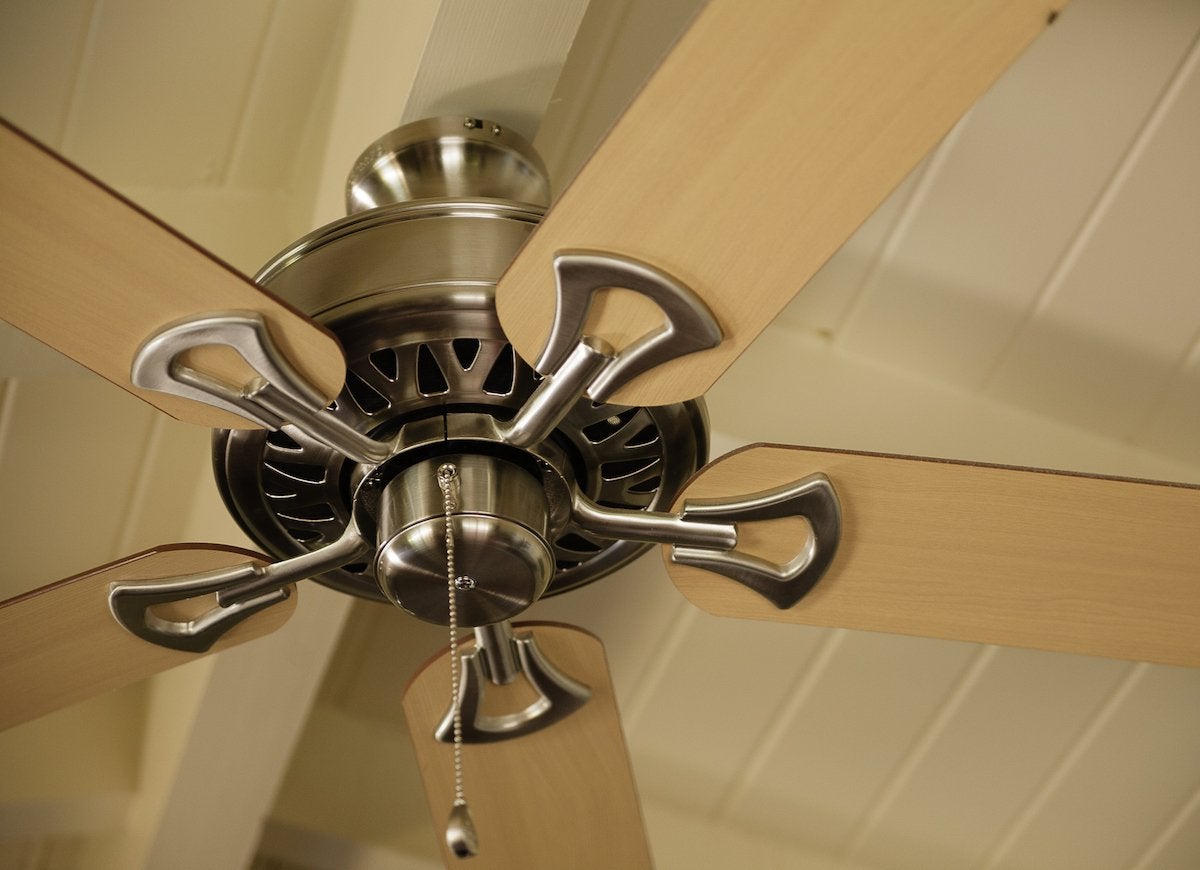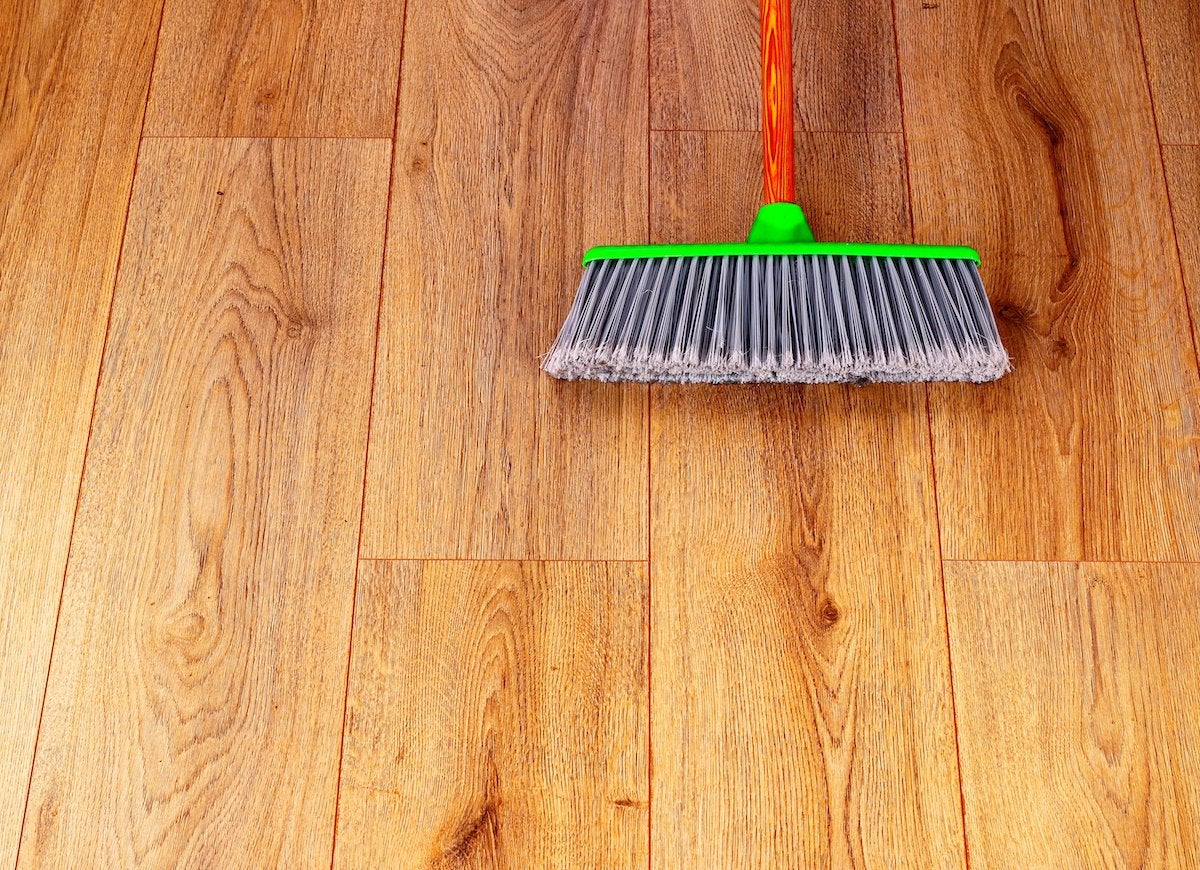We may earn revenue from the products available on this page and participate in affiliate programs. Learn More ›
Curtains

You wouldn’t skip on cleaning other household fabrics—rugs and carpets, upholstered furniture, or clothes and towels—so why would you ignore your curtains? Window treatments are magnets for dust, dirt, and pollen that enter your home through open windows. Dusters and cloths only smear and spread this dirt around, but a thin attachment placed on the end of your vacuum hose will suck that dirt up and away from your drapes.
Related: 18 Spots in Your Home You Probably Never Clean—But Definitely Should
Vents

The air blowing through your vents might not be as clean as you think. Like every other surface in your home, vents attract dust. When forced air blows through your registers, the dust comes with it, aggravating allergies or other respiratory problems. Improve your air quality by removing the vent covers and vacuuming the grates. If they’re especially dirty, try rinsing them with mild soap and water. While the covers dry, turn your attention to the ducts. Secure an attachment to the end of your vacuum hose, then lower into the vent, making sure to reach the corners where dirt collects.
Related: The 10 Germiest Spots in Your Home, According to Scientists
Windows and Door Tracks

It’s amazing how much filth accumulates in window and door tracks. To remove the grime, start by turning on your vacuum. Fasten the proper attachment to the vacuum hose, then run it across the tracks to clear the debris. For stubborn dirt, spray the area with a gentle cleaner, then wipe away with a microfiber cloth.
Related: 30 Spring Cleaning Tasks You Can Tackle With Natural Ingredients
Dryer Vent

A clogged dryer vent impairs the inefficiency of your washer, costing you time and money—but, more importantly, it poses a severe fire threat. To protect your wallet and your home, be sure to clean your dryer vent at least once a year. You can hire a professional to do the job for you, or you can do it yourself with a vacuum cleaner and the proper attachment.
Related: The 13 Best Things You Can Buy for Your Laundry Room (for Under $50)
Baseboards and Molding

When you sweep and mop the floors, how often do you clean your baseboards? If you’re like many people, the answer is: not often enough! Without frequent cleaning, dust settles along the grooves and cracks of baseboards and moldings, adding allergens to your home. To clean these surfaces, you don’t even have to stoop; secure the brush attachment to the vacuum hose, then gently slide it along the wood to remove the dirt and dust.
Ceiling Fan

Just like that dirty vent blowing dust and allergens throughout your home, a dusty ceiling fan will drop dirt and debris from the ceiling, if you don’t clean the fan blades. To reach the top of the ceiling fan blades, try the extended dust attachment that came with your vacuum cleaner, or spring for a specially designed ceiling fan vacuum attachment.
Mattress and Pillows

How clean is your mattress, really? If you’re changing your sheets and pillowcases at least every week, you’re on the right track, but dust and other allergens might still be lurking where you sleep. The next time you change your sheets, power up the vacuum, armed with a textile attachment, and run it over both sides of the mattress. While you’re at it, vacuum any pillows that can’t safely be cleaned in the washer and dryer.
Broom

Eventually even your cleaning tools need to be cleaned. Case in point: your broom. When dust bunnies and strands of hair get tangled in the bristles, run the vacuum hose along the end of the broom to clean it. Now you’re not just pushing dirt and dust across the floor when you sweep!
Related: 15 Cleaning Mistakes Everyone Makes
Suck It Up!

The vacuum cleaner secretly is one of your most versatile cleaning tools. Make sure you put it to use with these tips!

A DIYer’s Guide to Replacing Flooring
Update the look and feel of any room by replacing old, worn-out flooring. These products and straightforward steps make it easy enough for any handy homeowner to do.
